Why the Alfa Romeo 4C Is a Misunderstood Masterpiece
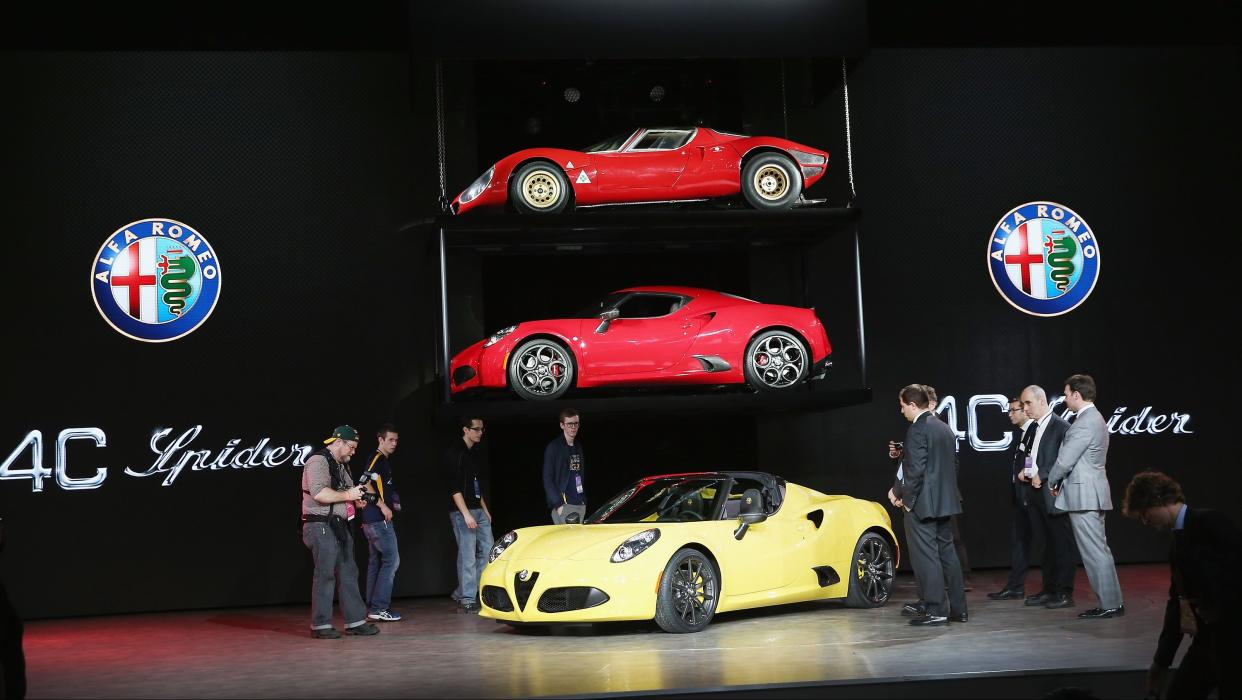
At the Geneva Motor Show in March 2011, Alfa Romeo announced that its $230,000 8C grand tourer was getting a little sibling and that it would come to America. This was the Alfa Romeo 4C, which the company called a “compact ‘supercar’” that was as old school as it was ultra-modern. Lightweight with a carbon fiber chassis, double-clutch transmission and a turbocharged (almost) 1750cc engine, it also retained rear-wheel drive and unassisted, manual steering. The 4C was a return to form for the greatest and longest-lasting sports car manufacturer in the automotive industry. At least, it should have been.
It’s important to remember that in 2011, there practically was no Alfa Romeo. Other than the limited-production 8C, it hadn’t sold any cars in the States since 1995. Even if it had, all that Alfa had to offer was a series of somewhat stylish but relatively plain family and economy cars. Alfa was still making twin-cam engines like it had in its heyday of the ’50s and ’60s, but it had no rear-wheel drive platform for them. Nothing had the spark of the classic Giulia, Giulietta, GTV, or Spider, and certainly nothing was as technically daring as those cars had been when they first debuted. The 4C, with its rear-wheel drive layout and carbon fiber construction, was a return to the leading edge.
More from Robb Report
The New Land Rover Defender Is the Most Powerful Version Yet
This Stunning Alfa Romeo Race Car From the 1990s Could Sell for $750,000 at Auction Next Month
Thieves Are Stealing Cadillac Escalades From the Las Vegas Airport
Best of Robb Report
Sign up for Robb Report's Newsletter. For the latest news, follow us on Facebook, Twitter, and Instagram.
Click here to read the full article.
Production Begins in 2013 With Maserati and Dallara
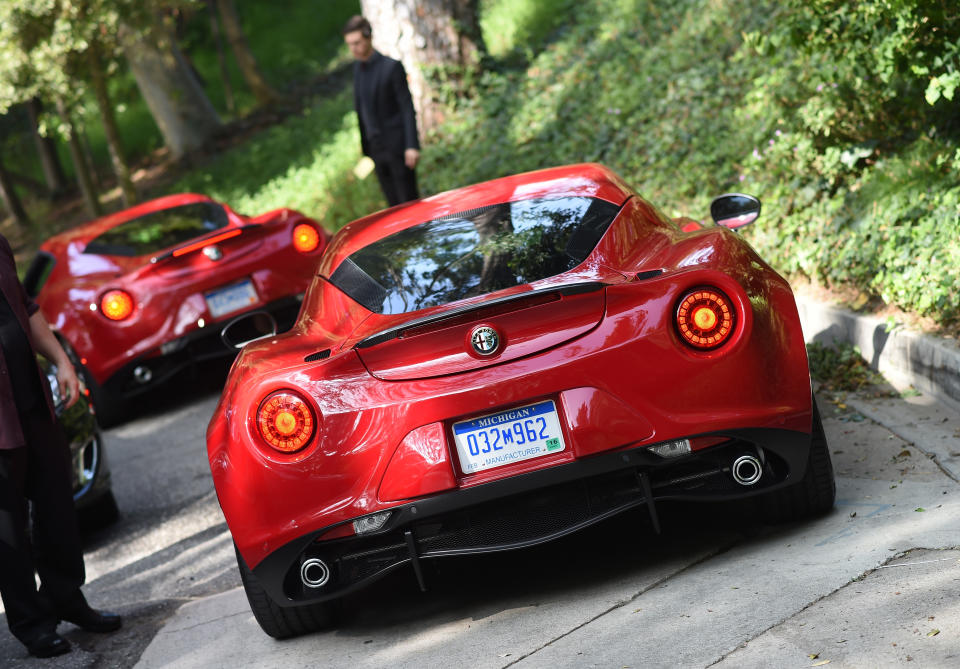
Technically, it wasn’t Alfa Romeo that built the car. Production got underway in 2013 at Maserati’s factory in Modena. The carbon fiber chassis was also an act of partnership, designed with nearby race car specialist Dallara. That’s the same Dallara that made the chassis of the Ferrari 499P prototype that has now won the 24 Hours of Le Mans twice in a row.
There was little on sale like it. Only the aged Lotus Elise matched it in terms of its size and weight, and nothing in the sports car world gave you a complete carbon fiber chassis for anything near its price. When it went on sale in the U.S., the 4C cost around $55,000. Even a buyer walking into a showroom today to put down nearly half a million dollars on a Ferrari 296 GTB won’t get a carbon tub.
Exotic as its construction may have been, Alfa Romeo saved money where it could. Though it was shaped like a supercar in miniature, it was devoid of the luxury pricier relatives like Ferrari enjoyed. There was no suede trim in the interior or vast expanses of rich leather. The 4C’s interior was pretty much all plastic, just like the body panels. You did get lovely seats and a spectacular view over the low hood, but that hood was sealed shut with no trunk to access. Behind you, the 4C shared its engine with the hot version of the Giulietta hatchback. And while the 4C’s front suspension used boutique double wishbones, the rear got pedestrian MacPherson struts.
When it went on sale, the 4C was somewhat misunderstood. It was styled like a supercar but it had little of the traffic-stopping presence of a pricier and physically larger Lamborghini or McLaren. At the same time, the 4C was too expensive to be a cheap or affordable little mid-engine sports car in the mold of, say, the Toyota MR2. The 4C fell into a no man’s land. It was too affordable to be an exotic, too exotic to be affordable.
Updates in 2015 Didn’t Change Its Course
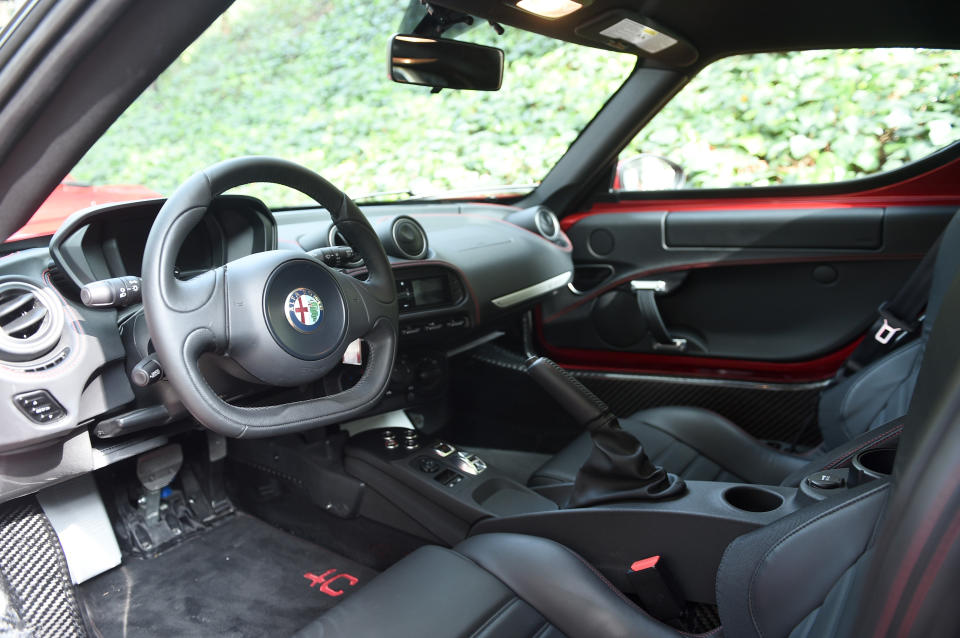
In 2015, Alfa Romeo started production on an open-topped version it called the Spider. The nature of its carbon tub construction meant that the 4C Spider was as stiff as the coupe version, but it also meant there wasn’t much roof to open up. All you got was a little removable targa top, the panel just barely fitting in the trunk.
In 2018, Alfa Romeo stopped making the older Coupe version of the 4C in all markets. Alfa also stopped selling the Spider in Europe but kept it going in America, at least for a short while. Hardly a year later in 2019, Alfa announced that the Spider, too, would be coming to an end, with 2020 being its final model year. It was a slow wind-down. Americans bought 145 4Cs in 2019, as noted by car sales tracker GoodCarBadCar, then 99 in 2020, and finally 78 leftover 4Cs found homes in 2021.
Few Had a Chance to Experience How Good the 4C Was
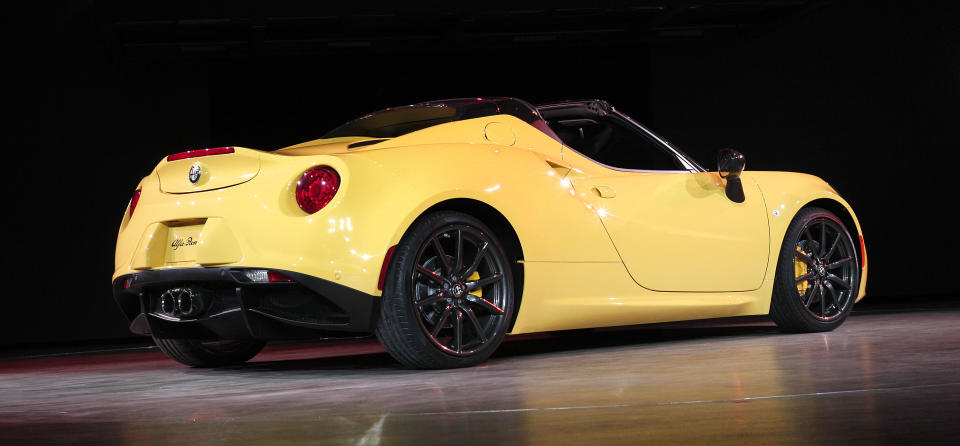
When Alfa Romeo canceled the car, it was easy to see the 4C as a footnote in the company’s long history. After all, it was getting no successor. Even today, Alfa Romeo still doesn’t make any low-volume, low-weight sports cars. Alfa Romeo doesn’t sell a two-door sports car at all. Now that we can look back on its legacy, though, the 4C very much did what it needed to do. As a pure, rear-drive sports car, the 4C marked a clear delineation from Alfa Romeo’s nearly 40 years wandering in the desert of front-wheel drive.
The 4C was never meant to be a high-volume car, and across its seven years in production, Alfa only made around 9,000 units. In a way, that’s a shame, because so few people ever had the chance to drive the 4C and appreciate it for what it was. This was a sensationally fun machine both on road and track. No other car combines the stiffness and response of a carbon chassis with the weight and directness of unassisted steering. Broad and sharp, it looked fantastic, and with the engine mounted right behind the cockpit, the driver got to hear it gulp air down its intake and flutter as it vented through the turbo.
The 4C was cutting edge in its construction, but old-school in how it drives. Even with paddle shifters, it feels like the last of a vintage era of cars. Misunderstood as it may have been, the 4C remains a thoroughly modern classic.
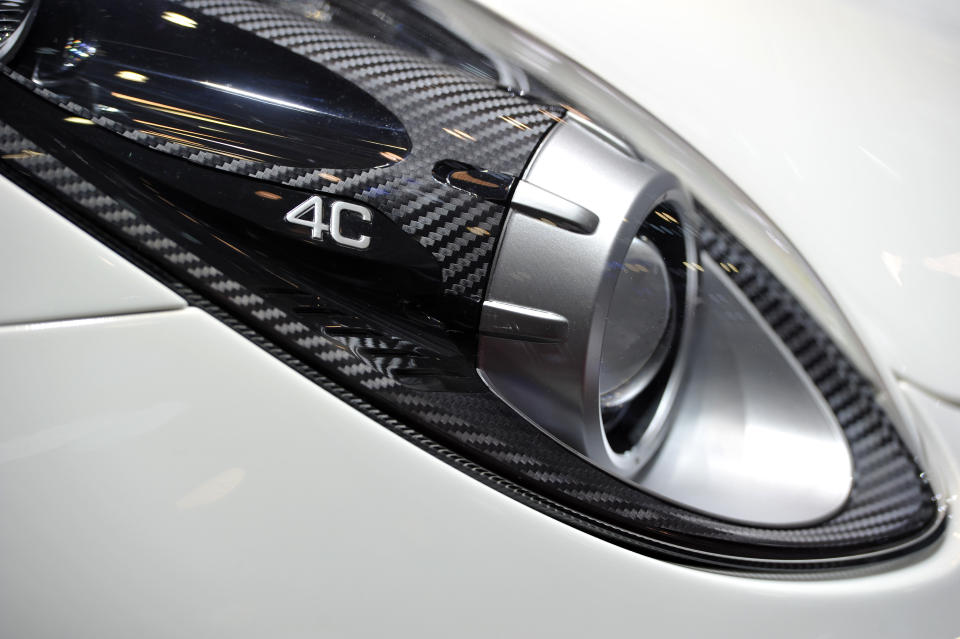
Alfa Romeo 4C


